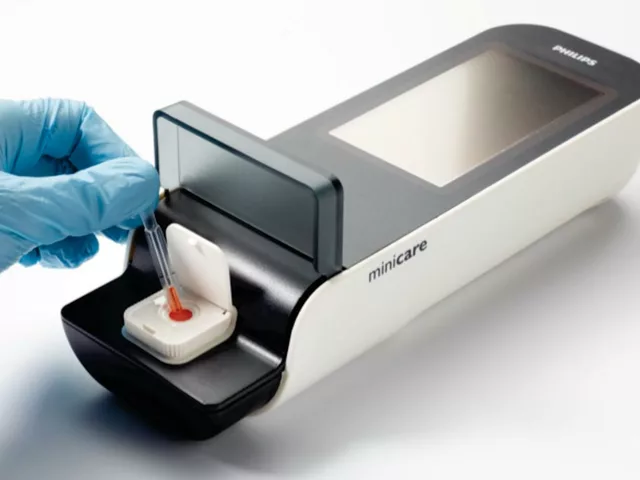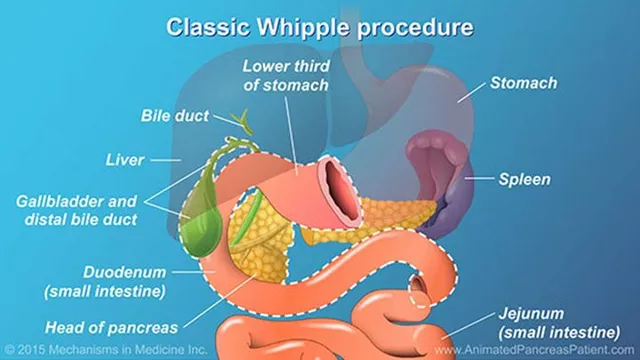Anticonvulsants: How they work, what to expect, and practical tips
Anticonvulsants are medicines that reduce seizure activity — but that’s just the start. Many of these drugs also treat mood disorders, nerve pain, and migraine. If you’re new to these meds or switching between them, this page gives clear, useful facts so you can talk to your doctor with confidence.
How anticonvulsants work and common side effects
Most anticonvulsants calm overly excitable brain cells. They do this in different ways: some boost inhibitory signals (like increasing GABA), others block sodium or calcium channels to slow firing. Common names you’ll hear are carbamazepine, valproate (valproic acid), lamotrigine, levetiracetam, gabapentin, and pregabalin.
Side effects depend on the drug and dose. Expect some of these: drowsiness, dizziness, weight changes, nausea, or coordination problems. A few carry specific risks — valproate has a higher risk of birth defects and should be avoided in pregnancy when possible; carbamazepine can affect blood counts and liver tests; lamotrigine needs slow dose increases to avoid a rare but serious rash. Regular blood tests, liver checks, or dose adjustments may be needed for certain drugs.
Practical tips: dosing, interactions, and when to call your doctor
Take anticonvulsants consistently — same time each day helps stable blood levels. Don’t stop suddenly. Stopping fast can trigger seizures or withdrawal. If side effects are annoying, call your prescriber; many side effects ease with dose changes or switching drugs.
Watch for interactions. Anticonvulsants can interact with birth control, antidepressants, herbal supplements, and many other meds. For example, some drugs cut the effectiveness of hormonal contraceptives. Mention every medicine and supplement you use — that includes things like St. John’s wort, which can change how other drugs work.
Know the red flags: high fever, severe rash, sudden mood or behavior changes, trouble breathing, yellowing skin, or new seizures after a stable period. Those need urgent medical attention.
Anticonvulsants are also used off-label for nerve pain and muscle issues. If you’re reading about nerve pain treatments on this site, you’ll find related articles such as the piece on baclofen for pudendal neuralgia and guides on drug interactions with herbal supplements. Those can help when anticonvulsants overlap with other treatments.
If you’re starting treatment, ask your doctor these simple questions: Why this drug for me? What exact side effects should I expect? Do I need blood tests or pregnancy precautions? How long before I’ll see benefit? Getting clear answers upfront makes managing treatment much easier.
Want more detail on a specific drug? Browse related articles on this tag page for drug profiles, safety tips, and alternatives. And always check with your healthcare team before changing doses or combining medicines.




